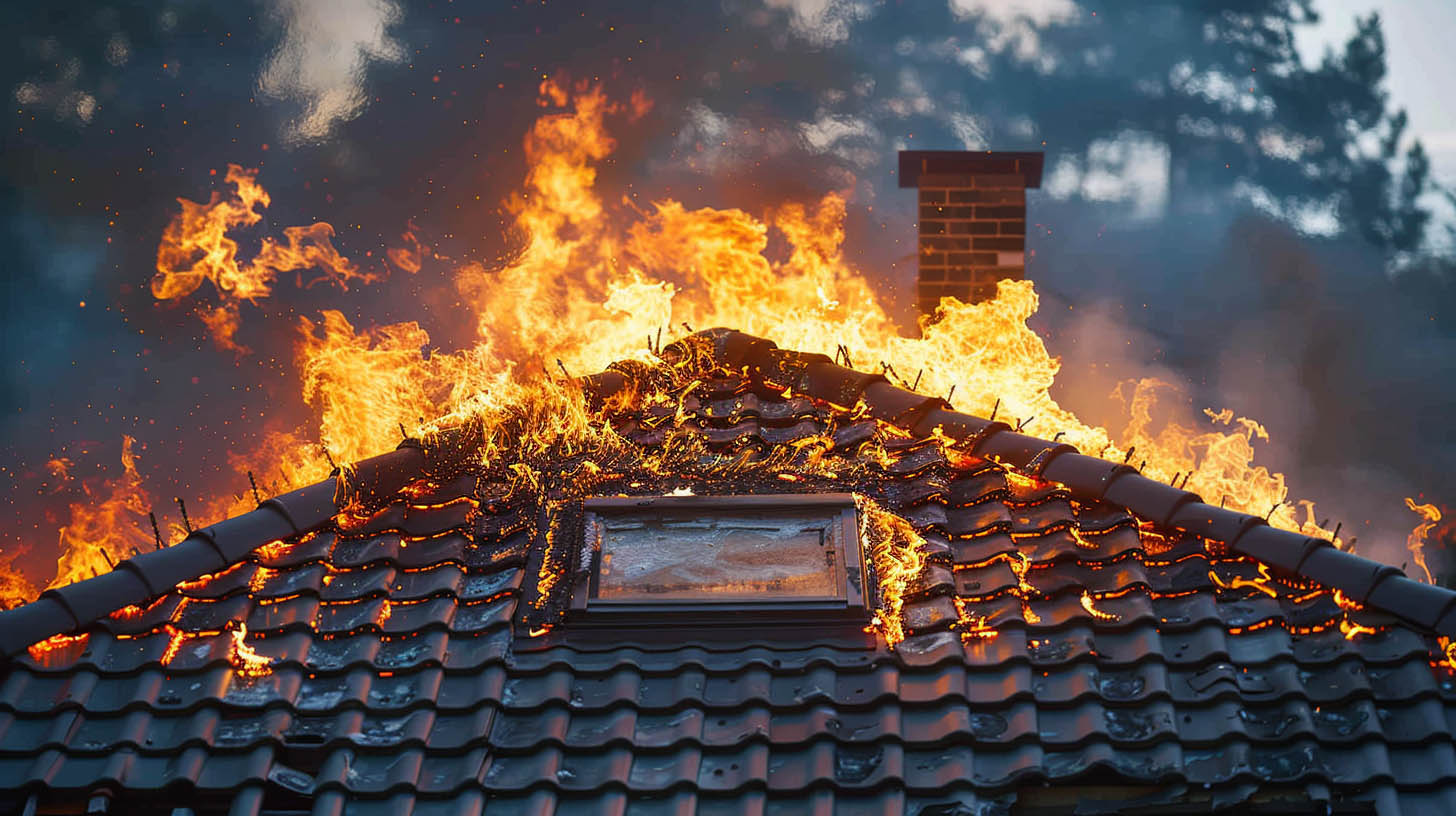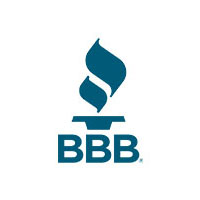
Good Roofing Company LLC, located in Lee’s Summit, MO, provides insights into the importance of roof fire ratings. Choosing a roof with the right fire resistance can significantly impact your home’s safety, especially in fire-prone areas.
Importance of Fire Ratings
Unrated Roofs
- Risks: Unrated roofs do not meet the minimum fire resistance requirements, posing a significant fire hazard.
- Building Codes: Many building codes do not allow unrated roofs due to their poor fire resistance.
Class A Roofs
Characteristics
- Burning Brand Test: Withstands a 12×12 inch, 2000 gram burning brand for 2-4 hours before igniting.
- Flame Spread: Maximum spread of six feet.
- Gas Flame Resistance: Endures 15 cycles of a gas flame turned on and off.
Ideal Use
- Recommended For: Homes near woodlands, forests, or wildfire-prone areas due to their high resistance.
Class B Roofs
Characteristics
- Burning Brand Test: Withstands a 6×6 inch, 500 gram burning brand for one hour before igniting.
- Flame Spread: Maximum spread of eight feet.
- Gas Flame Resistance: Endures eight cycles of a gas flame turned on and off.
Ideal Use
- Recommended For: Areas with moderate fire exposure.
Class C Roofs
Characteristics
- Burning Brand Test: Withstands a 1.5×1.5 inch, 0.25 gram burning brand for 20 minutes before igniting.
- Flame Spread: Maximum spread of 13 feet.
- Gas Flame Resistance: Endures three cycles of a gas flame turned on and off.
Ideal Use
- Recommended For: Areas with minimal fire exposure, offering basic fire protection.
Conclusion
Understanding the different roof fire resistance ratings helps homeowners choose the best option for their specific needs. Class A roofs offer the highest protection, while Class C provides the minimum. Selecting the appropriate rating ensures your roof meets safety standards and provides adequate fire resistance.
For more on Pros and Cons of Metal Roofing, click here.









